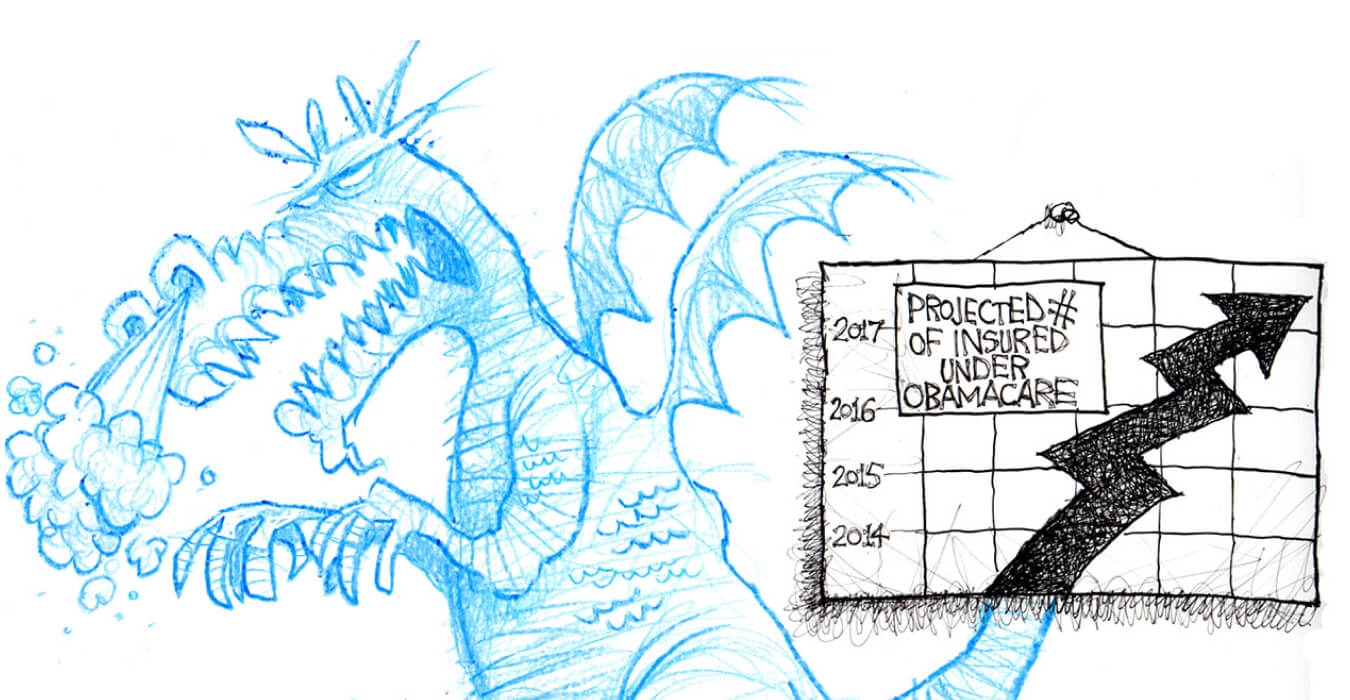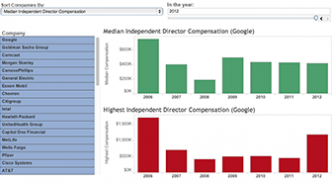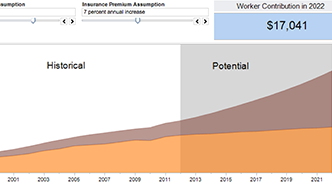Data visualizations

Abandonment of poor: much worse than you thought
The maximum value of public assistance benefits has fallen dramatically in every state between 1970 and 2011 for families of three.
Judicial vacancies: show us the numbers
New tools allow easy access to and filtering of 12 years of data. How long did George W. Bush take to nominate? President Obama? For the Senate to act?
Government support for arts down dramatically over time
When adjusted for inflation and population, per capita funding in 2011 down 33 percent from 1983.
One graduation for all or add-on ceremonies for minority students?
What is done at flagship public universities and at top-rated private schools?
“How could we resist?” The revolving door for ex-members of Congress
Part 3 of our data-gathering collaboration with the Center for Responsive Politics.
Top staffers for new members of Congress: uncovering their previous jobs with lobbying entities
More than three dozen staffers for new members of Congress had at some previous point been associated with organizations that engaged in lobbying or were lobbying clients. Some came to the Hill directly from the lobbying entity.
Newly out-of-office Members of Congress: where have their top staffers gone?
Are they working for employers that are lobbying firms or lobbying clients?
Dozens of new state limits on abortions added in 2012
More and more women are more and more effectively denied access. Tools allow user to make custom assessment of impact in each state.
The incredible shrinking federal workforce
When taking into account the growing size of the population, most parts of the federal civilian workforce are effectively much smaller than they were in 1978.
Brother, can you spare $829 billion?
America’s largest corporations are holding lots of cash, cash equivalents, and short-term investments. This viz breaks it down for 2012, 2006, and 2000.

